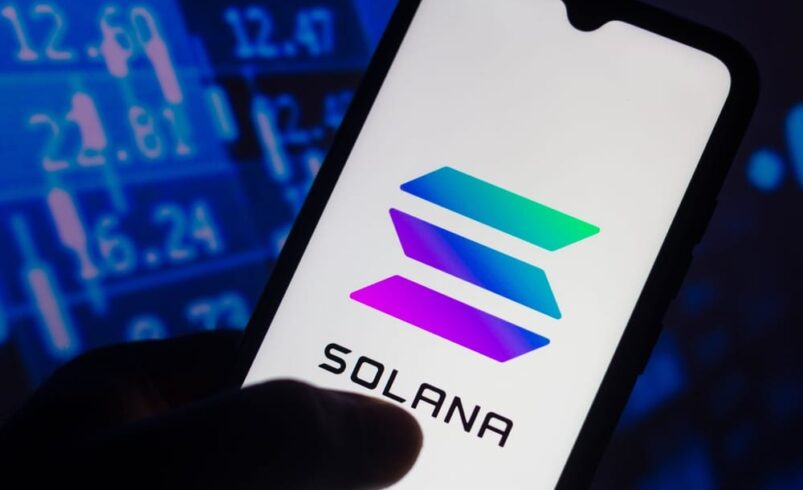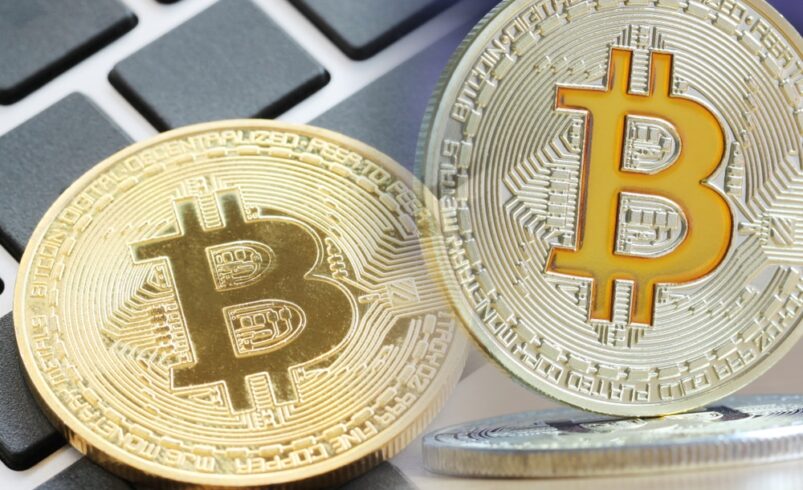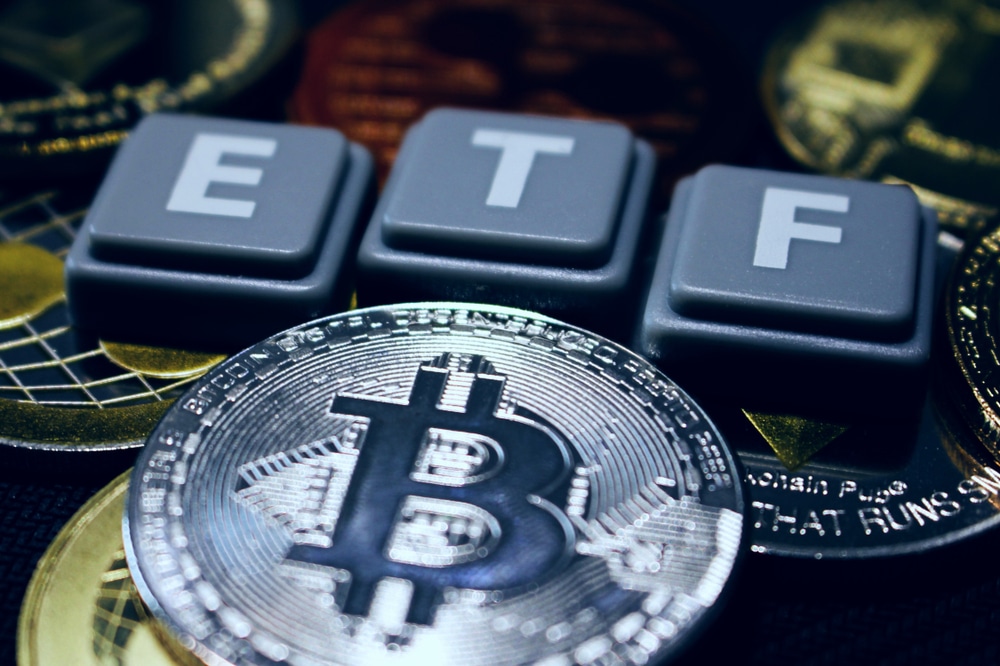What is Solana? A Comprehensive Guide to Its Creation and Rise

Understanding Solana (SOL)
Solana, inspired by a coastal city in southern California, is a decentralized platform designed to facilitate the creation of scalable applications. Established in 2017 by the Solana Labs Team under the leadership of computer engineer Anatoly Yakovenko, Solana offers features reminiscent of Ethereum. Its inception aimed to rectify specific challenges associated with Ethereum. Solana has made strides in enhancing transaction speeds while reducing associated costs.
The Solana network operates across numerous independent nodes, ensuring transactional security per the organization’s claims.
Solana’s architecture is sturdy, emphasizing resistance to censorship. It is swift, secure, and tailored for widespread acceptance. Furthermore, Solana’s versatility allows for the creation and trading of NFTs, the development decentralized finance (DeFi) platforms, and the establishment of blockchain and Web3 gaming experiences.
Origins of Solana
Initially, Anatoly Yakovenko was sceptical about cryptocurrencies, often pointing out their transactional inefficiencies.
However, a late-night epiphany in 2014 led Yakovenko to conceptualize a method to enhance Bitcoin’s SHA256 hash function’s speed. This revelation birthed the “proof of history,” a system to timestamp transactions.
Subsequently, Yakovenko collaborated with Greg Fitzgerald, a former colleague from Qualcomm, to develop a unified blockchain network. Their combined efforts resulted in the Solana testnet in 2018. Stephen Akridge, another associate, later joined the team, enhancing the project’s transactional capacity. Their collective endeavours culminated in the launch of the Solana mainnet and its native SOL token in 2020.
Solana’s Operational Mechanism
Solana utilizes proof-of-history (PoH) to maintain chronological accuracy within the blockchain. While distinct from proof-of-work and proof-of-stake, PoH is integral to the proof-of-stake system adopted by Solana.
The amalgamation of PoH with other innovations has amplified Solana’s transactional capabilities. Impressively, Solana claims to handle up to 50,000 transactions every second, combining speed with affordability, evident in its sub-second block time and minimal transaction fees.
Solana’s Distinctive Features
Solana boasts several primary attributes that differentiate it from other blockchains:
Proof of History: Solana’s adoption of this mechanism ensures unparalleled throughput for a primary layer blockchain. It aids in efficiently tracking events and overseeing transactions due to its comprehensive event and transaction database.
Tower BFT: Solana’s unique take on Practical Byzantine Fault Tolerance leverages the PoH cryptographic clock, enabling network consensus without time lags.
Pipeline: This technique allocates data sequences to specific hardware units, expediting transaction verification and replication across network nodes. It’s an effective method for sequential data processing using distinct hardware stages.
Turbine: Solana’s protocol for block propagation addresses the blockchain scalability trilemma, which posits that decentralized systems can achieve only two of the three objectives: security, scalability, and decentralization. Turbine disseminates transaction fragments to all nodes using the User Datagram Protocol (UDP), ensuring swift and resilient connections between internet applications.
Cloudbreak: This data structure facilitates concurrent network read-write operations. Especially useful when account data storage becomes a challenge in terms of speed and volume, Cloudbreak ensures scalability on Solana.
Gulf Stream: A protocol that eliminates the need for a mempool or a storage system for unverified transactions. When a transaction reaches a validator, it’s promptly forwarded to the next leader, allowing for pre-scheduled transaction processing, quicker leader transitions, and reduced memory usage.
Sealevel: Unique to Solana, this feature enables concurrent blockchain transactions within a single shard, contrasting with other single-threaded blockchains. Its advanced transaction processing engine scales efficiently across SSDs and GPUs, ensuring optimal performance.
Advantages and Disadvantages of Investing in Solana (SOL)
Market Considerations
When comparing Ethereum and Solana from an investment perspective, Ethereum’s elevated price might pose a barrier for some smaller investors.
Both blockchains share similarities, with Solana emerging as a contender to Ethereum. Solana offers a more affordable entry point for investors who see potential in both platforms but need more substantial capital.
Network Reliability
Solana, while promising, has its challenges. In September 2021, the Solana Foundation acknowledged some disturbances in its network. Anatoly Yakovenko, the CEO of Solana Labs, also confirmed similar disruptions in the network a week prior.
While Ethereum boasts over 200,000 validators, Solana’s network currently has approximately 1,000 validators. A higher number of validators generally enhances network security. Despite Solana’s relative novelty, being less than two years old, industry experts anticipate growing investor confidence as the number of validators rises.
Solana and the NFT Landscape
The burgeoning NFT sector has yet to escape Solana’s attention, leading to the creation of Solanart, its NFT marketplace. A significant benefit of Solanart is its ability to facilitate swift transactions at reduced rates. Solana currently holds the second position regarding NFT Sales Volume across blockchains.
Conclusion
Solana, being a relatively recent entrant in the market, naturally requires time to establish its presence and earn the trust of cryptocurrency enthusiasts. Yet, its growing community is evident, with 1.2M followers on Twitter and 71.5K on Telegram.
One of Solana’s standout features is its capacity to process transactions swiftly and economically, making it accessible for smaller investors. While many blockchains are exploring solutions like level 2 or sharding to address scalability, Solana boasts inherent scalability at level 1, a feat not easily replicated on multiple levels or shards.
The evolution of DeFi underscores the importance of interoperability for transactions across diverse blockchains. As the scale, intricacy, and cost of operations expand, the demand for greater bandwidth and rapid processing will intensify. Solutions like level 2 or sharding need to be revised. However, Solana stands out because it can handle vast transaction volumes on level 1, aligning with institutional standards and ensuring compatibility with other premier networks.
DISCLAIMER: It's essential to understand that the articles on this site are not meant to serve as, nor should it be construed as, advice in legal, tax, investment, financial, or any other professional context. You should only invest an amount that you are prepared to lose, and it's advisable to consult with an independent financial expert if you're uncertain. To obtain more information, kindly examine the terms of service and the assistance and support resources made available by the issuing or advertising entity. Our website is committed to delivering accurate and unbiased news, yet it's important to note that market conditions may change rapidly. Also, be aware that some (but not all) articles on our site are compensated or sponsored.








